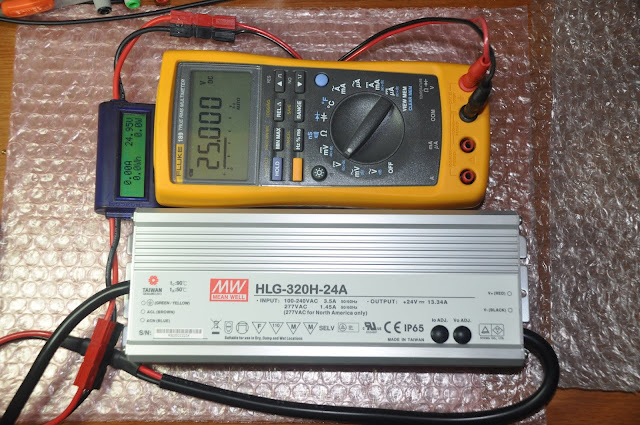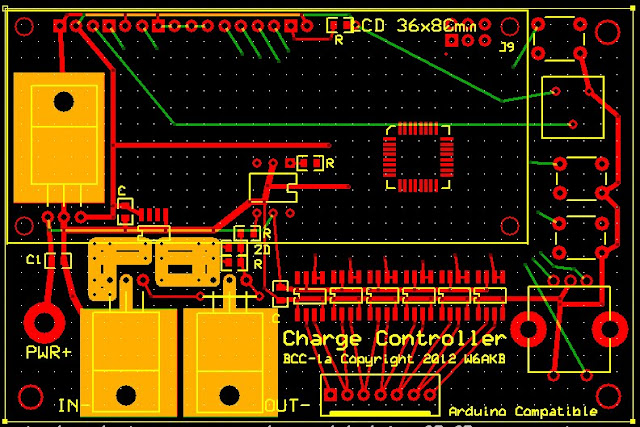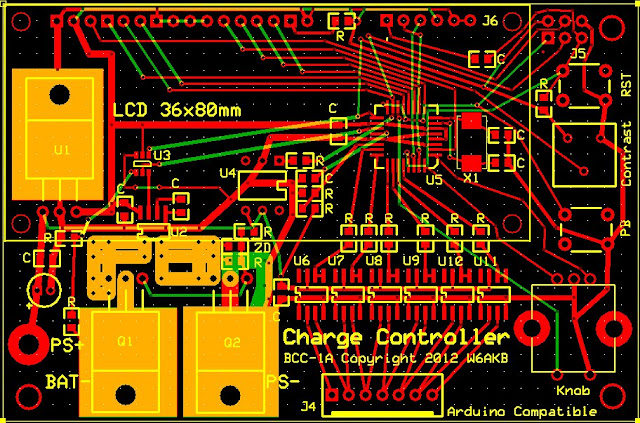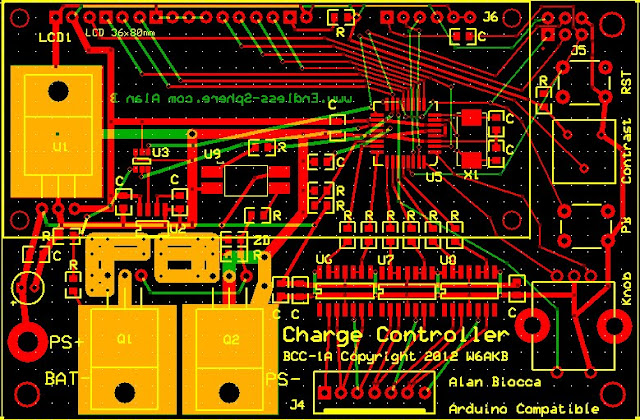Alan B
100 GW
I picked up three of these 24V 320 Watt LED power supplies:

Datasheet
They are well suited for Lithium battery charging, and much better quality than some of the available chargers, and easier than a hacked up power supply.
They are out of the box adjustable in voltage and current, available from many suppliers, and come with a 5 year warranty. They are silent, potted and very efficient. They just get warm when silently putting out 25 volts at 12 amps into a 6S Lipo bank. You can set the voltage and current and plug one of these into your 6S pack, or series two or three of them and plug them into your 12S or 18S pack and they will bulk charge them nicely. You might want some more features added on for a really top notch charger, but just these supplies will do most of the job. Three of these will draw a bit over 1,000 watts from the power line, which is about as much as one wants to draw from a 120V standard circuit without danger of popping a breaker or overloading inexpensive extension cords.
What these LED power supplies lack to be first-class bulk chargers is end of charge shutoff, and data collection (time, voltage, current and integrated current, eg amp-hours). I would also like some "safety checking" to verify that the voltage is within spec and the charging is proceeding normally, and disconnect if anything goes wrong.
Edit - the first pages of this thread are about building the controller to shut off the charge and measure the energy put back into the batteries. On page six I went ahead and set up the supplies for bulk charging for my GreyBorg without the controller. My plan is to build the controller, but it has taken too long so I forged ahead on the charger setup. So for the time being I use a WattsUp and manually disconnect the charger when the current drops below about one amp which is 5% of my pack's amp hour rating.
To that, I set one at 25.000 volts with a Fluke 189 meter, and each time I check it I get either 25.000 or 25.001. Still, with time, temperature, vibration, etc it would be good to have a "monitor" of the value.
One solution advocated by acuteaero is to use a Standalone Cycle Analyst to do this. It will provide the information, but not the shutoff or safety monitoring. But it is an easy way to go.
Another solution is to use a Watts-up, but this only works to its max voltage which is not sufficient for the 75 volts of my 18S packs. I did connect it to the first 6S block and that works, but still not all the features.
So what to do. It would be nice to have a purpose designed little board that had a CPU, LCD display, voltage and current measurement hardware and high current switch. How about an Arduino?
Sure, could do that, but would have to build or hack together most of it anyway, so why not toss the whole thing on a board, and make it Arduino open software compatible? This gives a lot of options for programming it. Then folks can customize their software for their own needs.
It might look something like this:

The board layout is not complete, but it is probably 75% there, though this rendering is earlier in the process. Basically a 16x2 LCD, a current sensor, some voltage sensors, a high current FET switch, an Arduino compatible AVR CPU, a knob and some pushbuttons.
I was thinking it might be nice to use this on the other available bulk chargers (or power supplies made into bulk chargers) to provide extra monitoring and safety. If we made some hardware with sample open software folks could do their own customization for various purposes. I can think of a few other uses for this hardware as well.
Comments? Suggestions? Worth completing??
Datasheet
They are well suited for Lithium battery charging, and much better quality than some of the available chargers, and easier than a hacked up power supply.
They are out of the box adjustable in voltage and current, available from many suppliers, and come with a 5 year warranty. They are silent, potted and very efficient. They just get warm when silently putting out 25 volts at 12 amps into a 6S Lipo bank. You can set the voltage and current and plug one of these into your 6S pack, or series two or three of them and plug them into your 12S or 18S pack and they will bulk charge them nicely. You might want some more features added on for a really top notch charger, but just these supplies will do most of the job. Three of these will draw a bit over 1,000 watts from the power line, which is about as much as one wants to draw from a 120V standard circuit without danger of popping a breaker or overloading inexpensive extension cords.
What these LED power supplies lack to be first-class bulk chargers is end of charge shutoff, and data collection (time, voltage, current and integrated current, eg amp-hours). I would also like some "safety checking" to verify that the voltage is within spec and the charging is proceeding normally, and disconnect if anything goes wrong.
Edit - the first pages of this thread are about building the controller to shut off the charge and measure the energy put back into the batteries. On page six I went ahead and set up the supplies for bulk charging for my GreyBorg without the controller. My plan is to build the controller, but it has taken too long so I forged ahead on the charger setup. So for the time being I use a WattsUp and manually disconnect the charger when the current drops below about one amp which is 5% of my pack's amp hour rating.
To that, I set one at 25.000 volts with a Fluke 189 meter, and each time I check it I get either 25.000 or 25.001. Still, with time, temperature, vibration, etc it would be good to have a "monitor" of the value.
One solution advocated by acuteaero is to use a Standalone Cycle Analyst to do this. It will provide the information, but not the shutoff or safety monitoring. But it is an easy way to go.
Another solution is to use a Watts-up, but this only works to its max voltage which is not sufficient for the 75 volts of my 18S packs. I did connect it to the first 6S block and that works, but still not all the features.
So what to do. It would be nice to have a purpose designed little board that had a CPU, LCD display, voltage and current measurement hardware and high current switch. How about an Arduino?
Sure, could do that, but would have to build or hack together most of it anyway, so why not toss the whole thing on a board, and make it Arduino open software compatible? This gives a lot of options for programming it. Then folks can customize their software for their own needs.
It might look something like this:

The board layout is not complete, but it is probably 75% there, though this rendering is earlier in the process. Basically a 16x2 LCD, a current sensor, some voltage sensors, a high current FET switch, an Arduino compatible AVR CPU, a knob and some pushbuttons.
I was thinking it might be nice to use this on the other available bulk chargers (or power supplies made into bulk chargers) to provide extra monitoring and safety. If we made some hardware with sample open software folks could do their own customization for various purposes. I can think of a few other uses for this hardware as well.
Comments? Suggestions? Worth completing??



